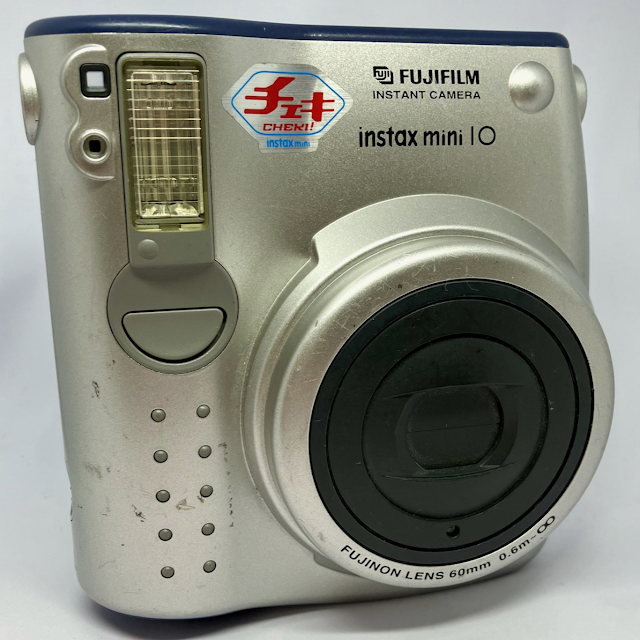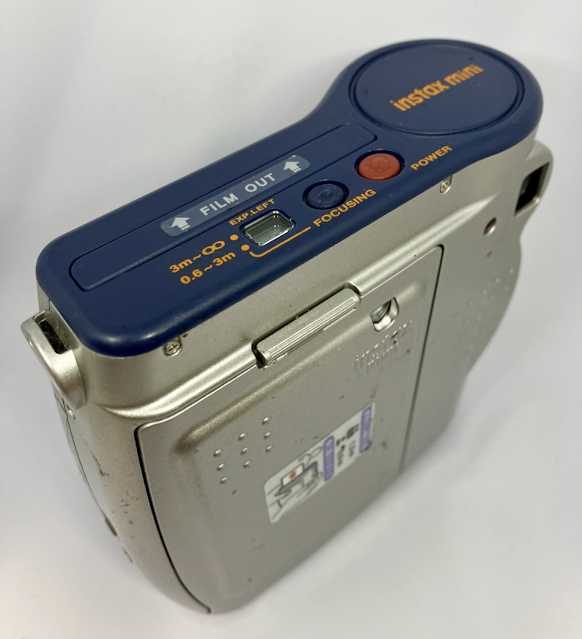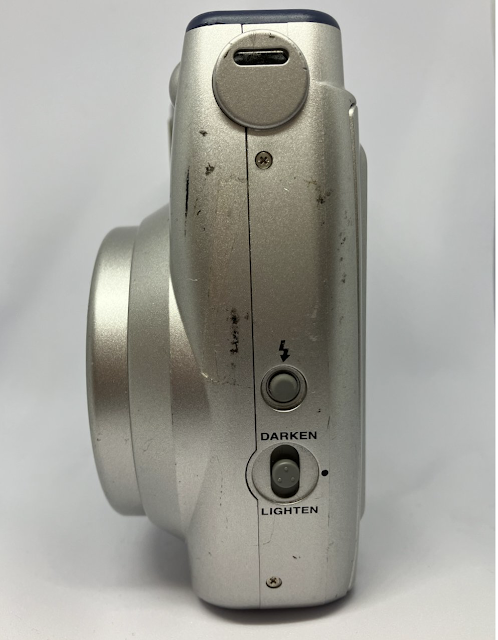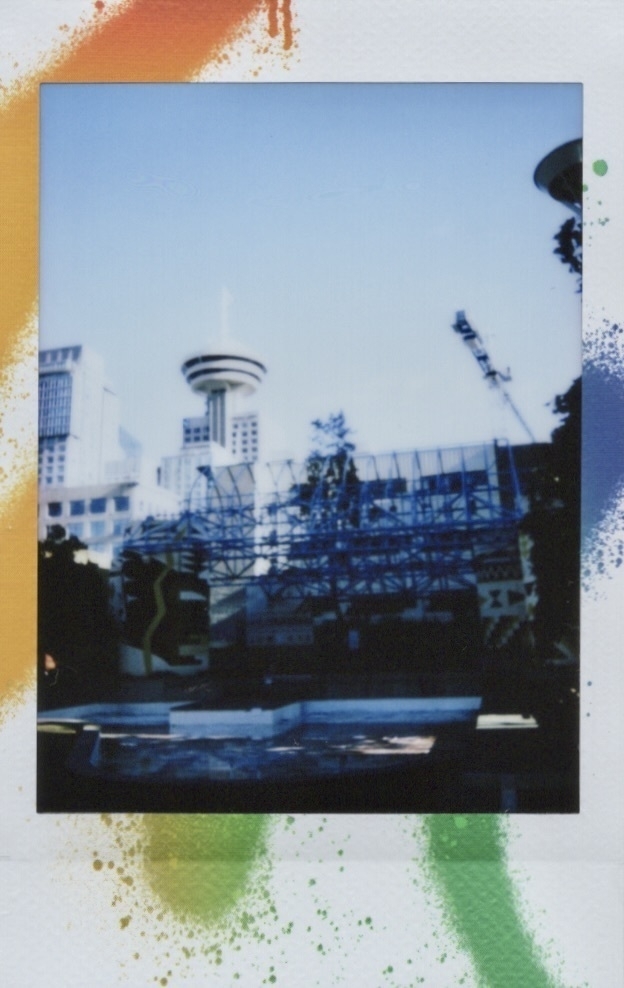-
Photography
,Japan
Payphone
Tuesday July 23, 2024I recently took a night walk with my camera (Instax wide 100). I took a picture of an old payphone. When was the last time you used a payphone?
最近、カメラを持って夜に街をぶらぶらした。昔の公衆電話の写真を撮った。最後に公衆電話を使ったのはいつですか?

-
Photography
,Japan
,Japanese
Robot vs. Man
Saturday July 13, 2024This is perhaps my favorite photo I’ve ever taken. Actually, it was kind of a happy accident. It was one of my first times shooting an Instax Wide format camera. I wanted to take a picture of the robot and the skyline. By chance, the office worker entered the shot. I think his presence makes the the photo more interesting. The robot vs. the office worker.
多分、これは僕のお気に入りの写真です。しかし、それは偶然の産物でした。インスタックスワイドカメラを使って写真を撮り始めました。ロボットとスカイラインを撮りたかったのですが、偶然サラリーマンがフレームに入ってしまいました。彼が入ったことで、写真はもっと面白くなったと思います。ロボット対サラリーマンです。
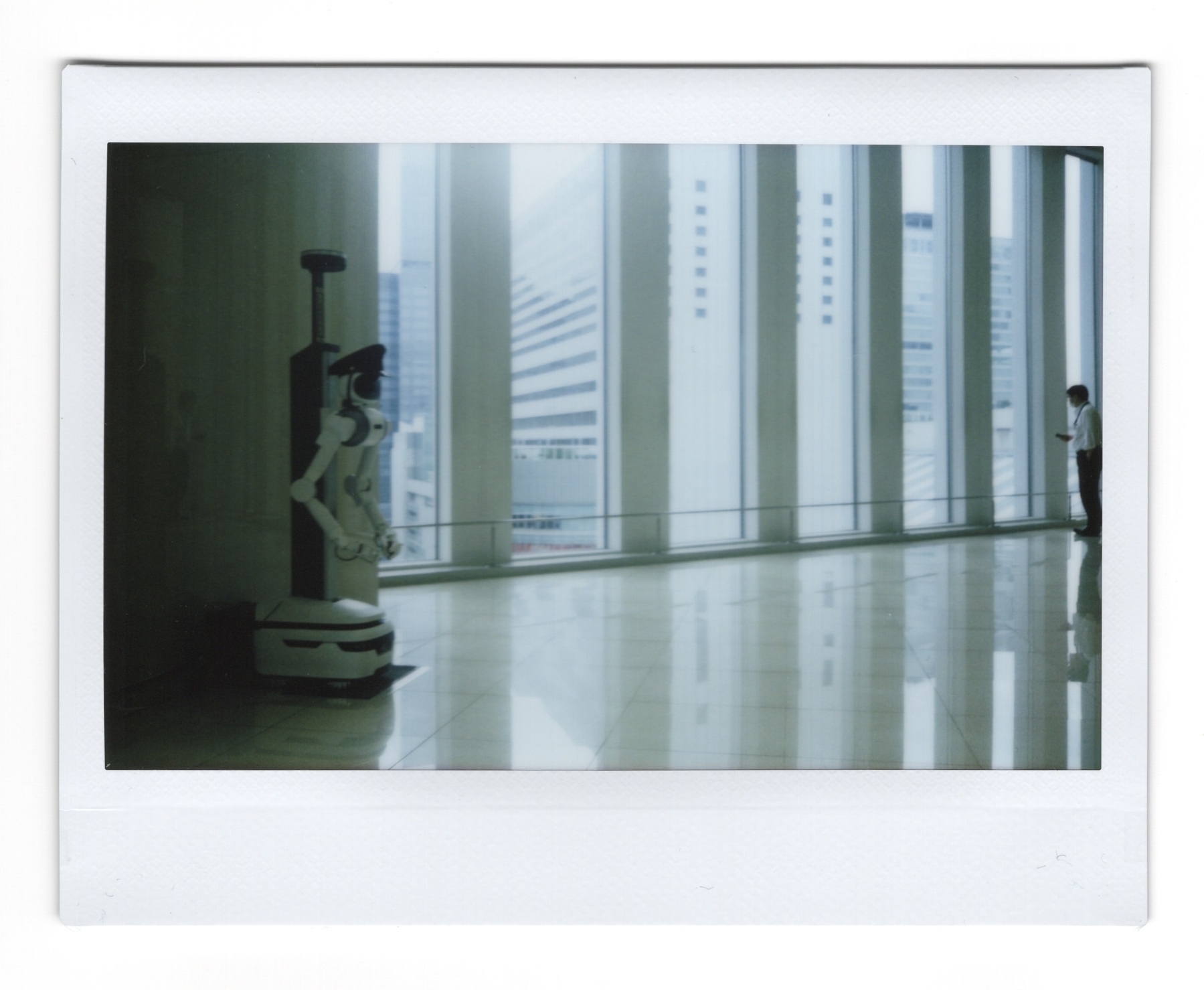
-
Photography
,Gadgets
,Japan
My favorite camera I can't really use
Thursday July 11, 2024Last summer, I became infatuated with 110 film. Actually, I came to it by stumbling across some interesting compact used cameras on Mercari. After a bit of research, I learned that Lomography still produces the easy-to-use format. I first dipped my toe with a couple of random, cheap, used point-and-shoots. Then I discovered the beauty that is the Pentax auto 110, the smallest-ever SLR exchangeable lens camera. I managed to snag an untested one for a decent price online and loaded up on a few different film stocks.
It was my first SLR and was a joy to use. Yes, it’s tiny, meaning you kind of smother the camera while holding it. It did get quite the reaction at the photo session I took it to…
I guess I should explain: In Japan, there are these group photo sessions where hobby photographers pay to photograph cute girls in varying degrees of undress. I opted for a tasteful, cute, clothed session, which took place in Akihabara. You pay an upfront fee and can shoot for the entire session (hours and hours, but I ran out of film fairly quickly). Young ladies take turns posing in front of different themed backdrops for you. It was far less creepy than I thought it would be. More like a car show than anything too salacious. Of course, there are also different providers that feature adult video actresses, but this is where my wife draws the line. Haha. Posting those photos online is against the rules, however. Anyway, the point I was getting at was that all the models thought my camera was super cute. A good ice-breaker.
Even though the extra lenses are tiny, I didn’t like having to decide whether to bring them all or not. I’m much too fiddly for something like that. The new 110 camera from Lomography seems right up my alley. Alas, the only thing holding me back is my inability to find a satisfactory film developer. You think living in Japan would make this easy, but many shops don’t have the necessary equipment. One shop I did take it to returned crummy scans. I ended up using an iPhone app to rescan myself, with mixed results. I found a better scanning shop, but they cropped out the border. Like Polaroid, I think the Lomography 110 border is a bit of the charm. Otherwise, you just have a tiny, grainy photo.
I have fun using the camera. I appreciate how easy the film is to load. I want the new camera. It’s the developing that has me hung up.
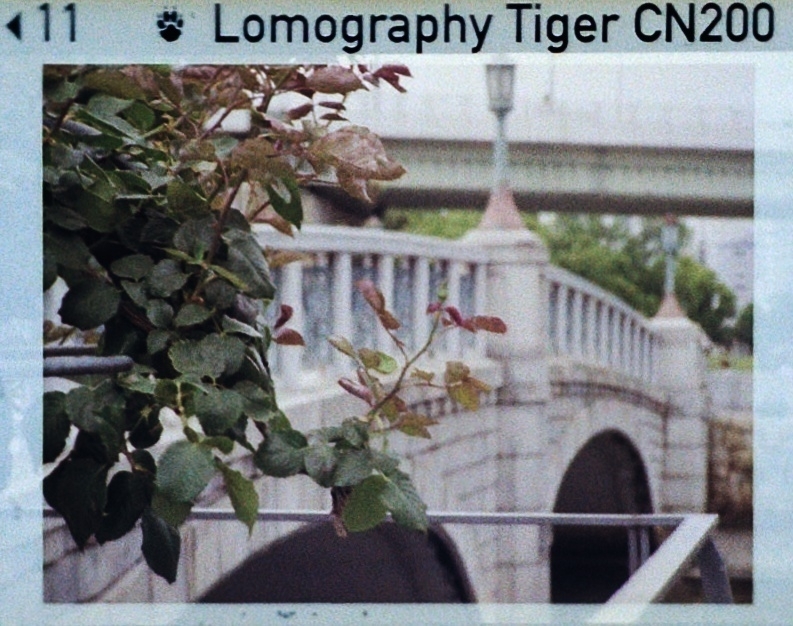
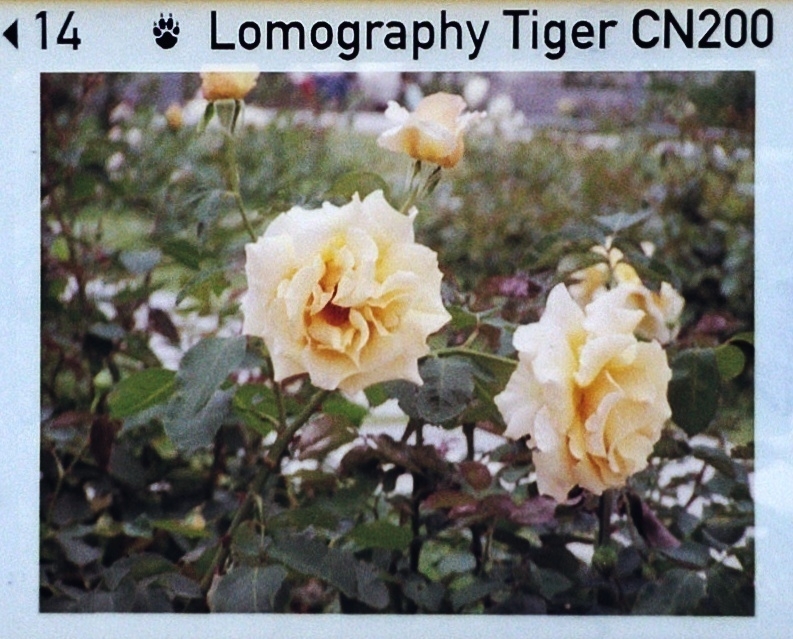
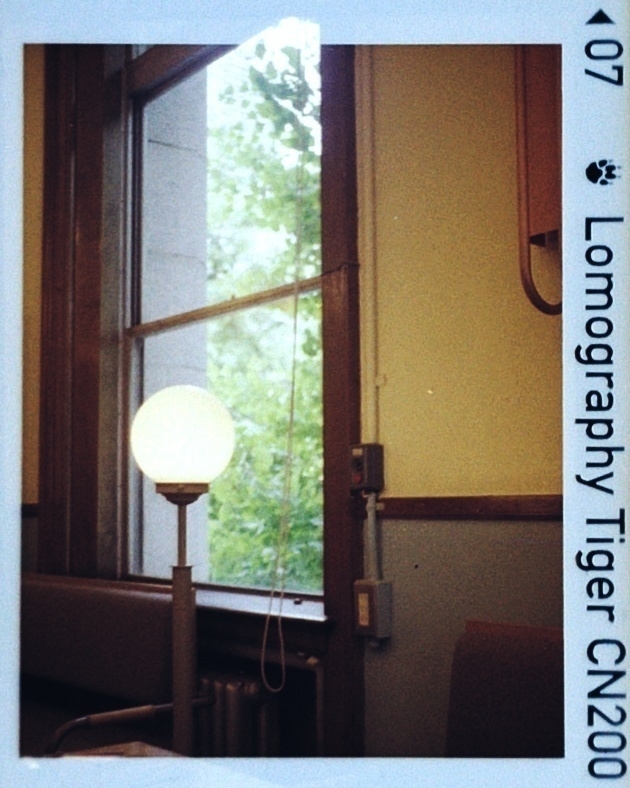
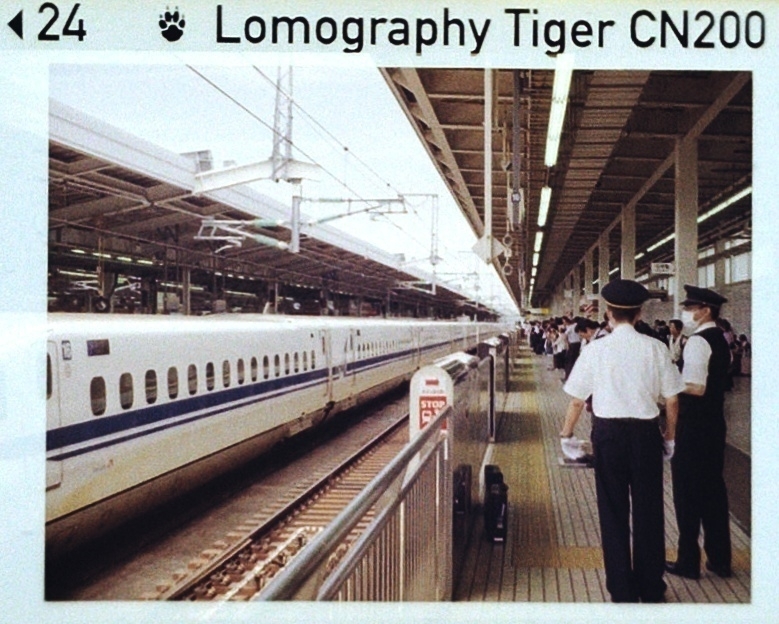



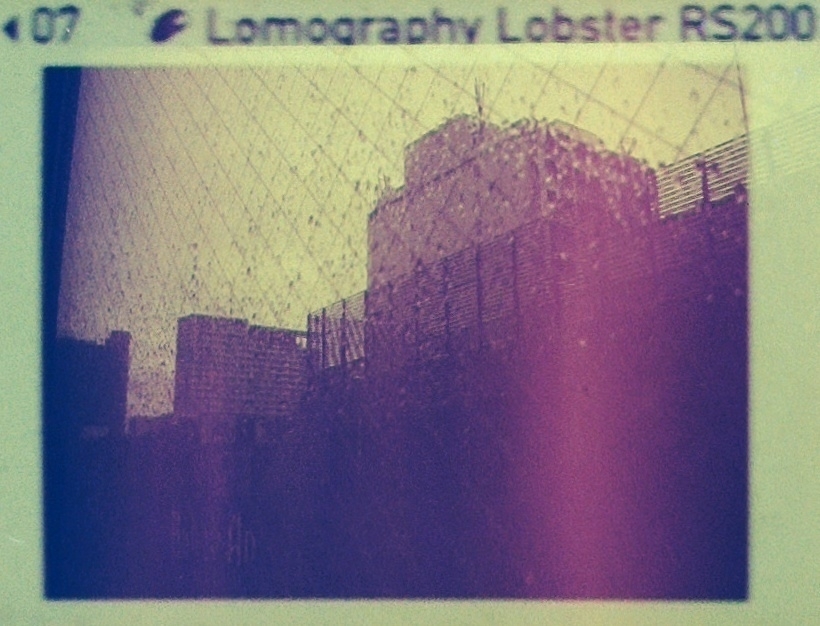
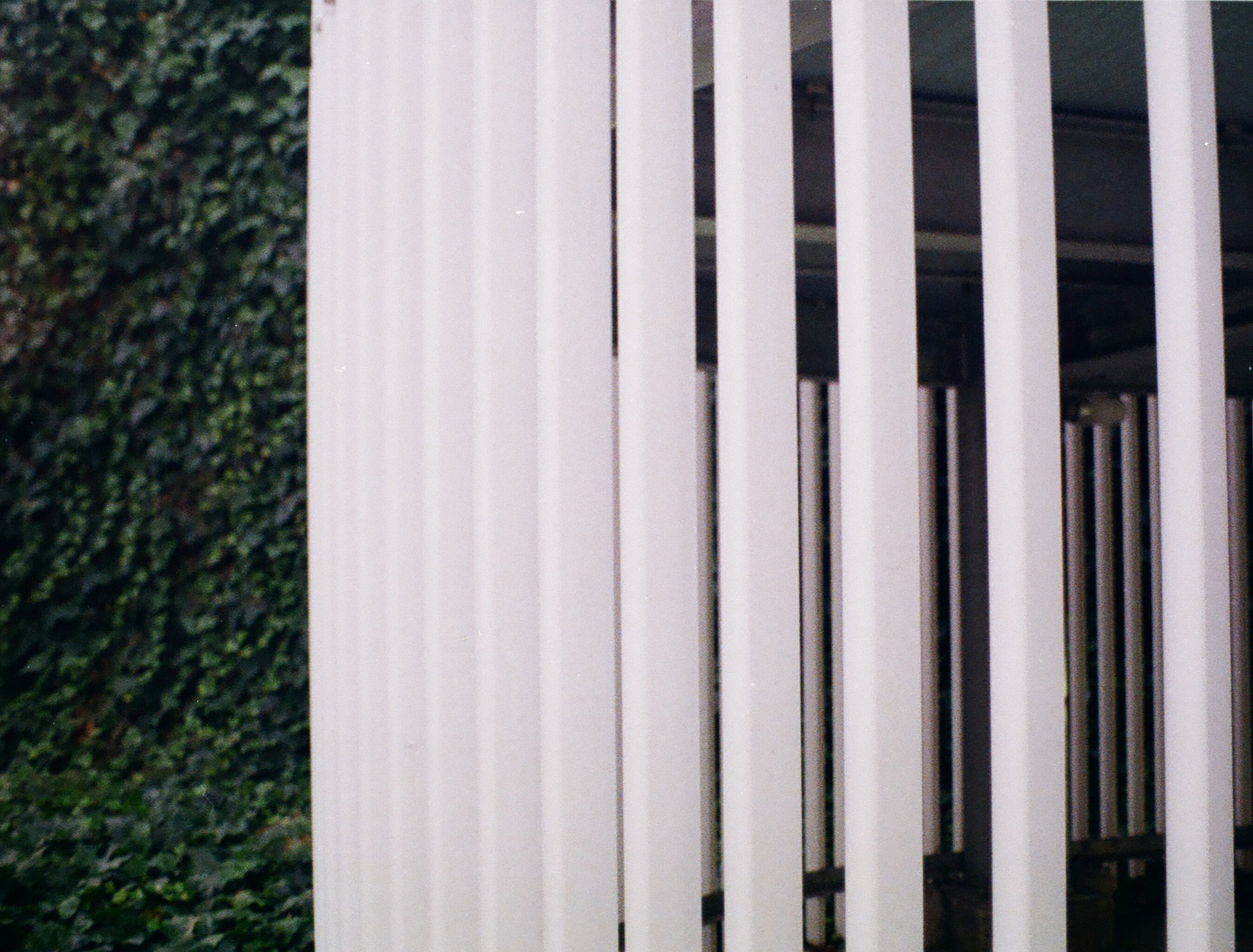
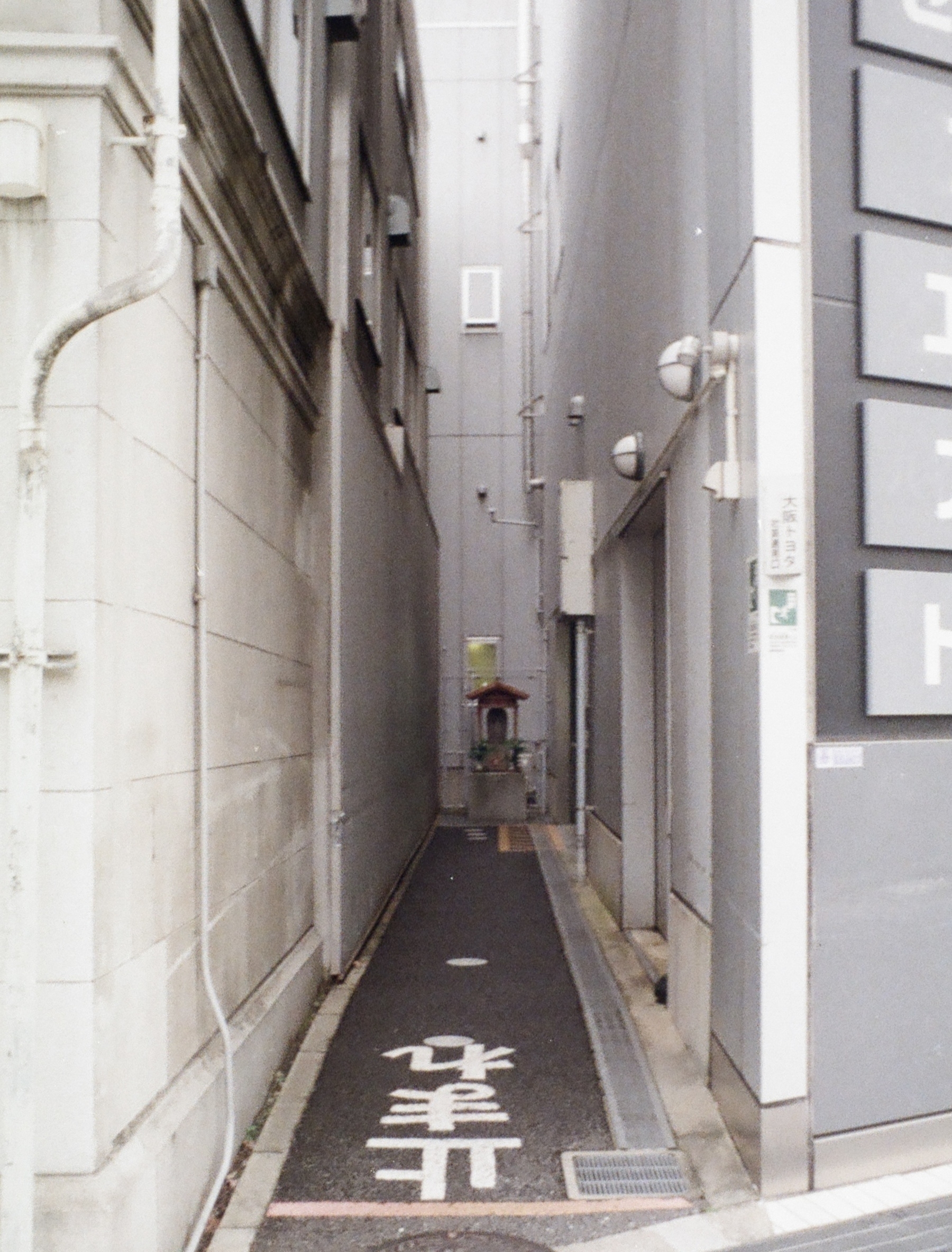
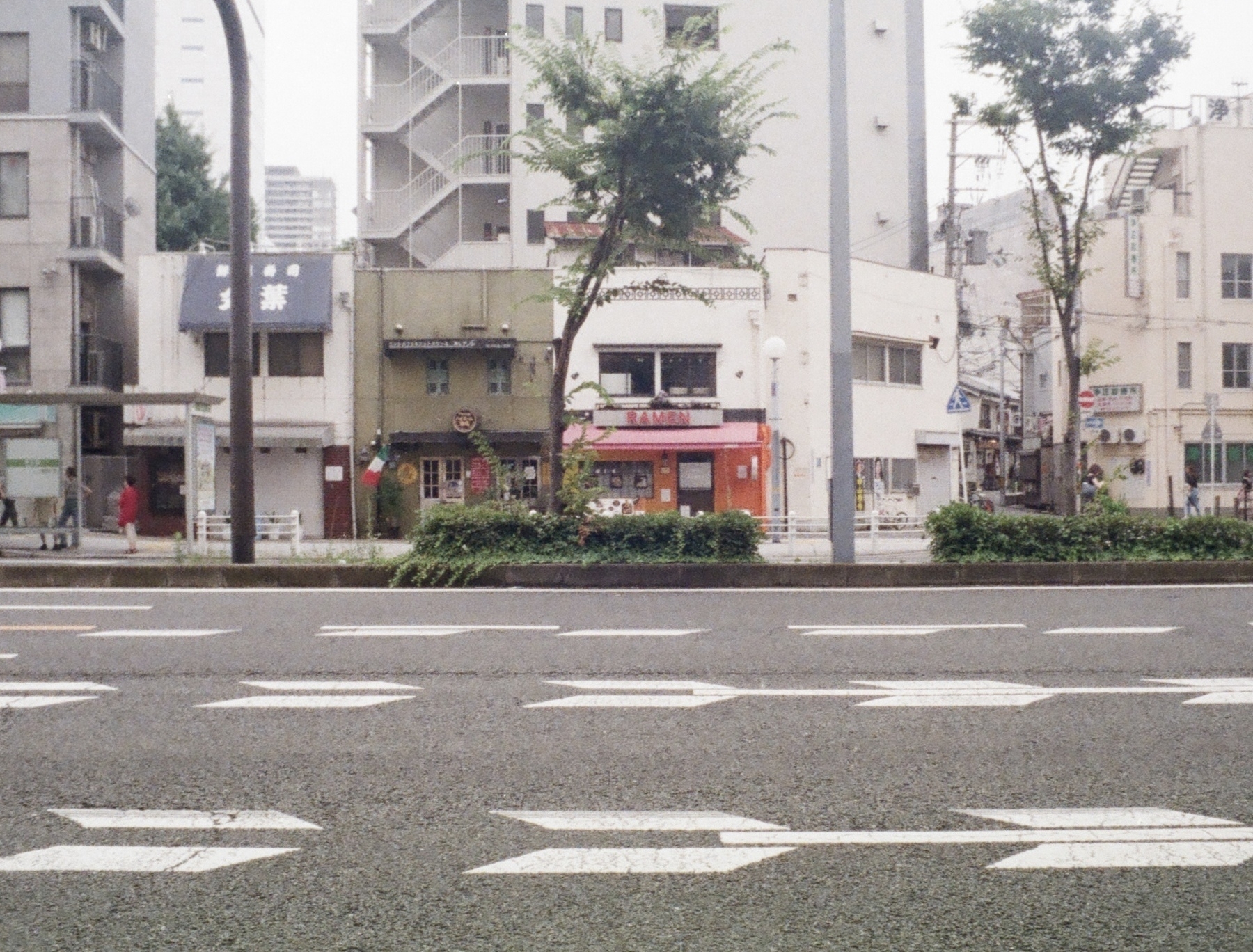

-
Photography
,Gadgets
,Travel
The Fujifilm Instax Mini 10 and Vancouver
Wednesday July 10, 2024My journey into the instant film world began with the Instax Mini 11, which I purchased a few years ago. Its low price point made dipping into the hoppy fairly risk-free. The instant film world is divided into two camps: the Fujifilm Instax series and the Polaroid Modern series. While both offer a similar quick-to-develop photo experience, their respective film types are incompatible. The simplest way to explain the difference is that Instax is cheaper, with reliable and predictable results, while Polaroid is more expensive finicky, yet sometimes spectacular and infinitely more iconic. But as a newbie, I think Instax is the way to go, with cameras and film much more readily available.
The problem lies in the modern cameras. Both companies seem to focus on manufacturing cute, modern devices that leave something to be desired. Once you get into the hobby, you realize that most passionate instant film photographers prefer the vintage models of the past, as they often contain finer optics and more robust user control. So, the sickest of us have no choice but to scour auction sites and flea markets, rolling the dice on ‘untested’ junk. Yes, I have a drawer full of non-working cameras.
The Instax Mini format is my least favorite, simply because it’s the smallest (sans Polaroid Go). Maybe it’s proof that my eyes are worsening, but I’d like as much detail and resolution as possible. But since it is the most popular format, those are the ones that receive the unique and limited edition border designs. I wanted to try some of the colorful borders and see how it affected my photography, if at all. But I didn’t want to shoot my Instax Mini 11, as it has become to feel more and more like a toy over time.
After a bit of researching and browsing Mercari, I landed on the Instax Mini 10. Don’t let the odd naming convention fool you; it’s actually the very first Instax camera, released in Japan in 1998. I scored one online for ¥1500. The seller said it hadn’t been tested recently, but they remembered it working the last time they used it. It was worth a gamble, as I’ve had pretty good luck with resellers in Japan.
When I received the camera, all seemed to be in decent working order. While some may find its design to be somewhat dated, I prefer it to the Fischer Price-looking modern cameras. It’s also fairly compact and svelte. It doesn’t balance very well, so expect it to constantly fall over if you try to stand it on a table. Annoyingly, this camera does use the less common and more expensive CR123A batteries (two of them). I loaded a pack of colorful border film and threw the camera in my bag.
The results of my first tests were some of the most vivid and detailed Instax photos I’ve ever taken. I’m not talking about night and day difference, but a perceptible amount. The contrast was better, thanks to the option to bump up or down the exposure a step (a feature not available on current entry-level Instax). The images seemed more dynamic, able to capture the lights and darks within the same frame. The optics seemed clearer, even without a glass lens. It is a bit more electric than other Instax, with a loud whirring sound made whenever the camera is switched on and the lens extends. Also, the shots remaining counter is digital, so you can only see it when the camera is on. There is a flash button, but it doesn’t completely override the flash; instead, it allows you to force the flash on in the moments the camera might not have wanted to use it. Not ideal, but I learned to live with it.
This camera singlehandedly convinced me that Instax mini film is very capable. I had written it off before, usually vying for the Instax Square format or Polaroid. While I don’t love the aspect ratio, I do like having a more portable and small bag-friendly shooter. Even though I quickly fell in love with this camera, I’ve passed it on to another budding photographer.
